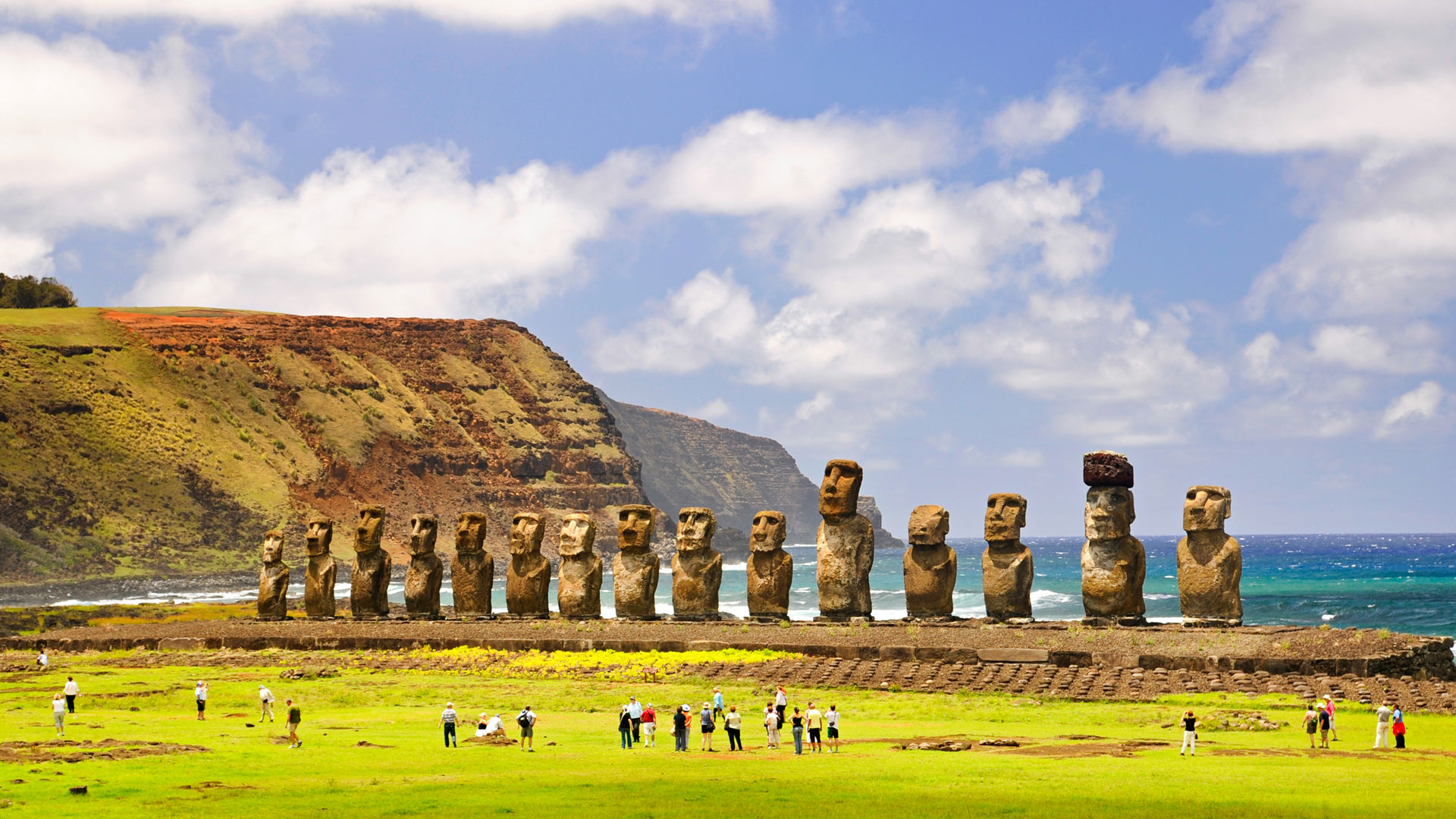Nestled amidst the vast expanse of the southeastern Pacific Ocean, Easter Island, or Rapa Nui, stands as a testament to human resilience and ingenuity. Home to the iconic moai statues that have captivated the imagination of generations, this remote island harbors secrets that defy conventional understanding. Among these mysteries lies the enigmatic script of Rongorongo—a linguistic puzzle that has long confounded archaeologists and historians alike.
For centuries, scholars have grappled with the origins of Rongorongo, debating whether it was a product of indigenous innovation or influenced by external forces. Now, a groundbreaking study offers tantalizing clues that may rewrite the narrative of Easter Island's history.
Led by Dr. Silvia Ferrara of the University of Bologna, Italy, the study employs radiocarbon dating to examine the age of four Rongorongo tablets. The results are nothing short of astonishing: one of the tablets, dating back to 1493 to 1509, predates the arrival of Europeans on the island in the 1720s. This revelation challenges long-held assumptions and suggests the possibility of an independent invention of writing—a feat rarely observed in human history.
The implications of this discovery are profound. If Rongorongo indeed originated prior to external contact, it would stand as a testament to the creativity and intellectual prowess of the Rapa Nui people. Far from being isolated or primitive, they would emerge as pioneers in the development of written language—a milestone comparable to the achievements of ancient civilizations such as Mesopotamia, Egypt, and China.
However, the journey towards unraveling the mysteries of Rongorongo is fraught with challenges and uncertainties. The limitations of radiocarbon dating, coupled with the scarcity of available samples, underscore the complexity of the task at hand. While the discovery of pre-European evidence is a significant step forward, it represents only a fraction of the larger puzzle.
To truly understand the origins of Rongorongo, further exploration and analysis are imperative. Yet, the remaining tablets, scattered across the globe, remain elusive and inaccessible. As researchers endeavor to piece together the fragments of Easter Island's past, they are met with a profound sense of urgency—to preserve and honor the legacy of a civilization that defied the odds and left an indelible mark on human history.
In the midst of uncertainty, one thing remains clear: the story of Rongorongo is far from over. It is a narrative that transcends time and space, weaving together the threads of human curiosity and resilience. As we embark on this journey of discovery, we are reminded of the enduring power of exploration—to illuminate the shadows of the past and uncover the truths that lie hidden beneath the surface.
Easter Island, with its towering statues and cryptic scripts, beckons us to delve deeper into its mysteries—to embrace the unknown and venture into uncharted territories of knowledge. In doing so, we pay homage to the spirit of discovery that defines our shared human experience and reaffirms our connection to the ancient civilizations that paved the way for our journey through time.







